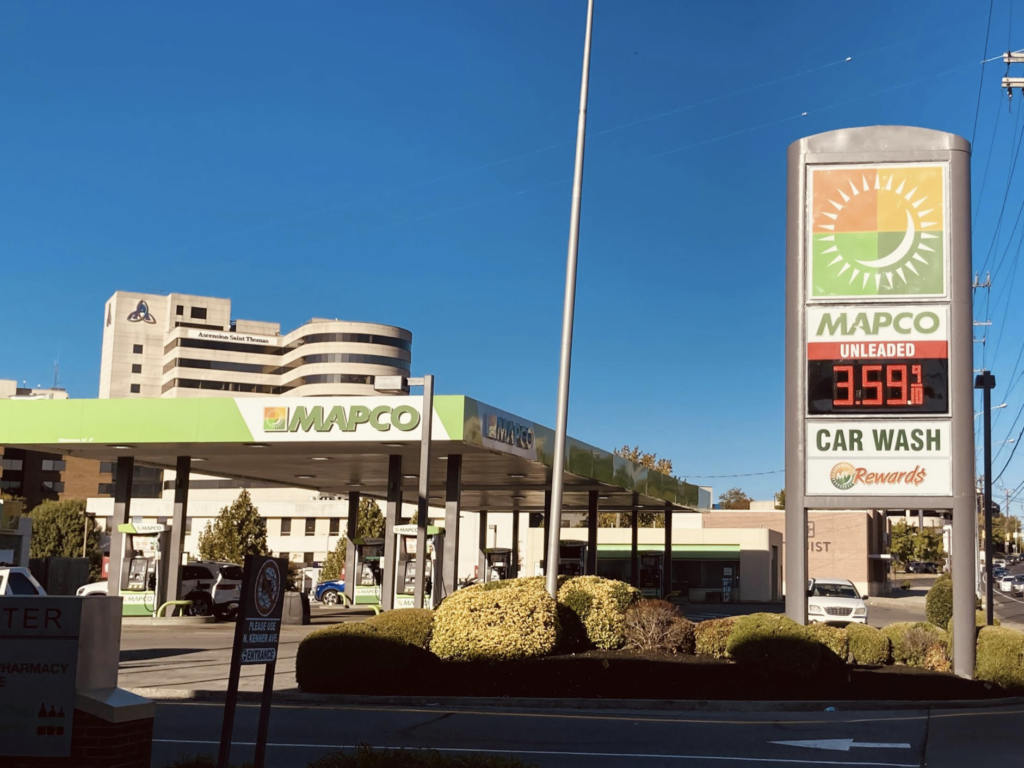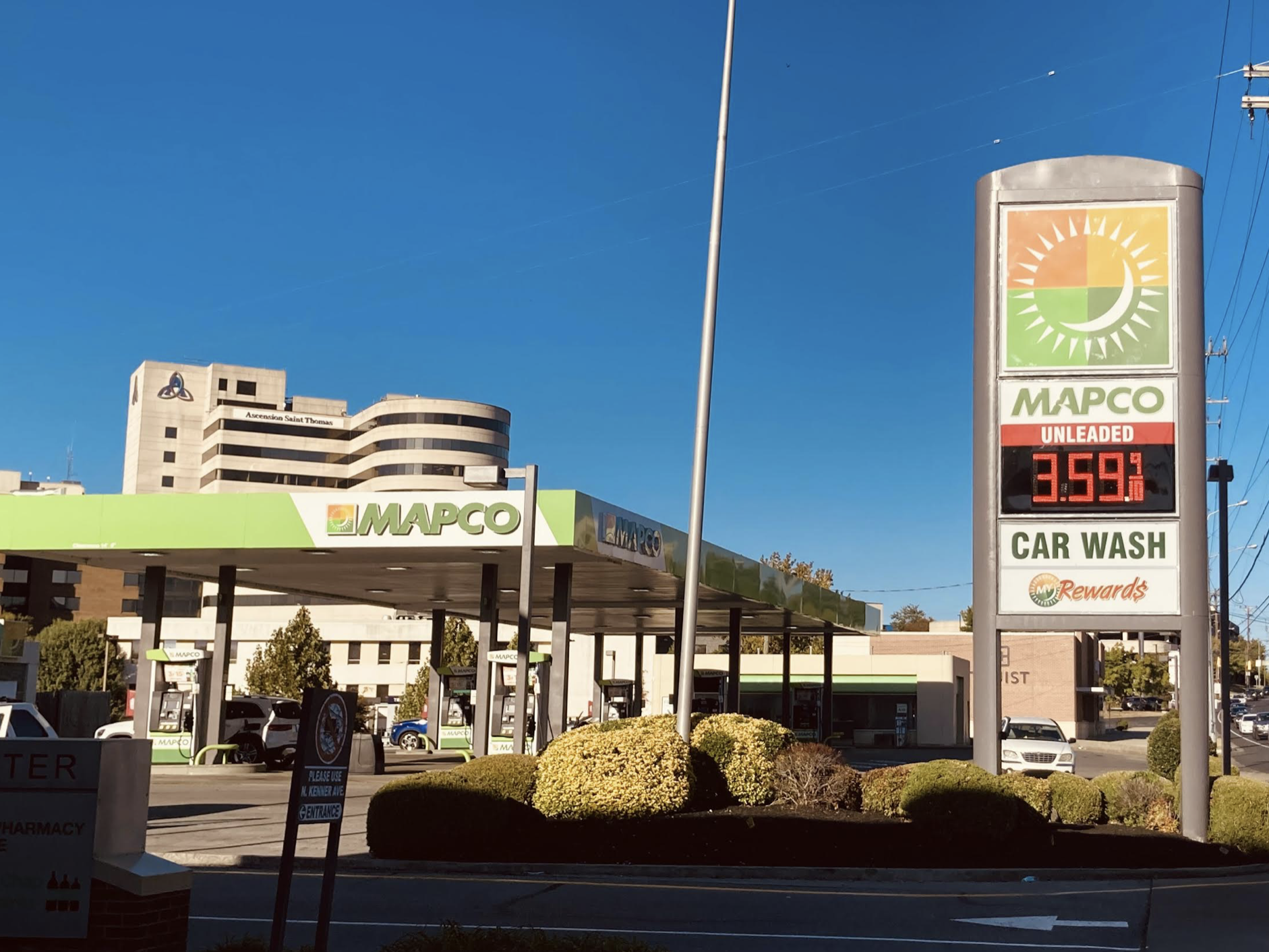
By: Claire Chen
The U.S. Department of Labor’s August 2022 CPI report reveals that American consumers may finally see a respite in the inflationary processes that have contributed to a skyrocketing cost of living. The modest 0.1 percent increase in August’s CPI – still higher than expected, but consistent with July’s 0.0 percent increase and a dramatic reversal from June’s 1.3 percent increase – may explain the September 26 remarks expressed by Federal Reserve Chair of Boston Dr. Susan Collins, who states, “I think that it’s quite likely that inflation is near peaking and perhaps may have peaked already.”
However, this measured outlook contrasts starkly with a media ecosystem that remains fixated on high prices. “Get ready for a food fight: High grocery costs are here to stay,” one recent headline declares. Even Vanderbilt Business Review demonstrates its commitment to collegiate budgetary priorities in the piece “Netflix raised prices and consumers are upset.” It’s no surprise that bread and circuses remain a sure bet to capture the elusive attention of the modern consumer: food insecurity has remained over 10 percent for the last decade, and a new entertainment controversy faithfully dominates headlines every week. (Right now, it’s Lizzo playing a flute.)
Yet for a brief spell starting last spring, back when inflation climbed toward 1 percent nearly every month, over 10 percent of Americans still could not access the food they needed, and the story of the day was Chris Rock slapping Will Smith, the public imagination was dazzled not by the traditional requirements of old empire but by the needs of the new: gas prices. The data shows that gas peaked somewhere in the range of five dollars a gallon in mid-June. Given the ensuing reaction, it may as well have been five thousand dollars a gallon.
More interestingly, the commotion was not just about another physical good becoming unreasonably expensive. Each of the aforementioned articles makes it clear that discussion of gas prices quickly devolves into a discussion of the hot-button issues of today, whether it be climate policy, unethical foreign relations, or old-fashioned partisanship. In other words, conversations about gas prices do not stay about gas prices, and gas itself plays a key role as a facilitator of these connections to broader society.
To understand why, it is necessary for a quick foray into how gas, and by extension the infrastructure of the gas-powered car, came to dominate the American landscape. The ubiquity of car transport today belies the fact that it was a relatively recent phenomenon: Encyclopædia Britannica notes that only 22 percent of cars during the early 20th century were gas-powered; over time, further innovations in engine technology turned consumers toward gas, and by the 1920s, the Ford Model T had irrevocably turned the tide of history, transforming cars “from a luxury and a plaything into a necessity by making it cheap, versatile, and easy to maintain.” Since then, cars have become the defining feature of American transport: recent statistics show that a staggering 92 percent of American households own a car, which has become integral not just to basic social functions but also to future opportunities.
Accordingly, 76 percent of American commuters rely on their cars to travel to work, and 77 percent of Americans overall deem car ownership “necessary.”
But cars do not run on hopes and dreams, meaning that gas prices are a physical limitation on the sustainability of desire. Their power as a check on opportunity means that gas prices act as a facilitator of key societal conversations in two important ways. First, they represent how Americans process their current lives with their strong connection to the American social space, and second, they manifest the anxiety that comes with an uncertain future through the visibility of the financial burden they represent.
First, it is necessary to examine how gas prices embody the experiences of the present. This is found most notably in the weaponization of high gas prices as a mechanism to express broader dissatisfaction with the political status quo. In statements from March and July, respectively, Republicans such as House Minority Leader Kevin McCarthy (R-CA) and Senate Majority Leader Mitch McConnell (R-KY) touted gas prices as a symbol of everything wrong with the Biden administration. Though the executive does not actually control gas prices, a careful examination of these statements reveal that gas prices are merely the forum in which to air broader political grievances in what McCarthy calls “bad domestic policies.” McConnell helpfully provides a description of said policies, including “setting off inflationary spirals,” “proposing massive tax hikes on the brink of a recession,” and “waging a holy war against American fossil fuels,” all of which are carefully worded to elicit an emotional response about the present state of the American economy without the corresponding empirical data. This strategy, its use by these nationally prominent figures a sure indicator of its support by Republican media strategists, highlights the crucial role that gas prices play in creating a narrative of the present.
More importantly, this abstraction transcends beyond partisan power-plays. In fact, the American public also uses gas prices as the channel through which lived experiences are processed. Social media sites such as Reddit are particularly valuable for their ability to discern public opinion independent of the formal media; a quick look through the comments section of r/conservative, a special interest group for politically conservative American users, shows that conversations about gas prices quickly devolve into broader conversations about political, economic, and social issues. It is thus even more accurate to conclude that gas prices act as a focal point in which the perception of the present is devised, established, and experienced, both for American leaders and the American public alike.
This interpretation of the present, biases and all, anchors gas as a key factor in future prosperity. McCarthy and McConnell express this urgency through several calculations meant to encapsulate the added burden of high gas costs on everyday families, all of which reinforces the existential stress of the middle class. After all, previous discussion on the rising cost of living demonstrates that high gas prices are but one way in which the American middle class experiences its incremental death. And the data shows that over the past 50 years, the population share of the American middle class has declined 11 percent while the income share has declined 20 percent. Even higher education, the traditional gateway to the middle class, exhibits signs of this existential stress. In that same time period, the inflation-adjusted cost of college education has risen 567 percent, while popular alternatives such as skilled trades are no guarantee of prosperity; the percent of middle class Americans with only a high school education declined 17 percent. The disappointing reality of the present, that of relatively greater obstacles for a relatively reduced expectation of prosperity, means that by all accounts, the bird’s-eye view of economic life is not getting better.
It is no wonder that this atmosphere of uncertainty is reflected in public opinion. Recent data reveals that 70 percent of Americans believe that the American economy “unfairly favors the powerful interests” with “politicians,” “large corporations,” and “people who are too wealthy” bearing the brunt of the blame. Intertwined with the language of power is the grievance against those who have too much through a manner that is too unjust, and the popularity of this type of public sentiment demonstrates not only an awareness of this new economic reality but also the resentment that it exists.
So perhaps the clamor over gas prices represents one last attempt to grasp a symbol of prosperity that has survived a time when owning a house or securing a retirement is increasingly out of reach for America’s young. The neon numbers that dot the roadsides are a visceral reminder of the difficulties faced in the present when no future is guaranteed. The public will once again have the opportunity to face this reality with the October 13th release of the September 2022 CPI report, and against the backdrop of the ever-rising cost of living, it is clear that a broader discussion of economic prosperity is urgently needed.




